Articles
Read articles by the Avathon staff on artificial intelligence and how AI is transforming industry
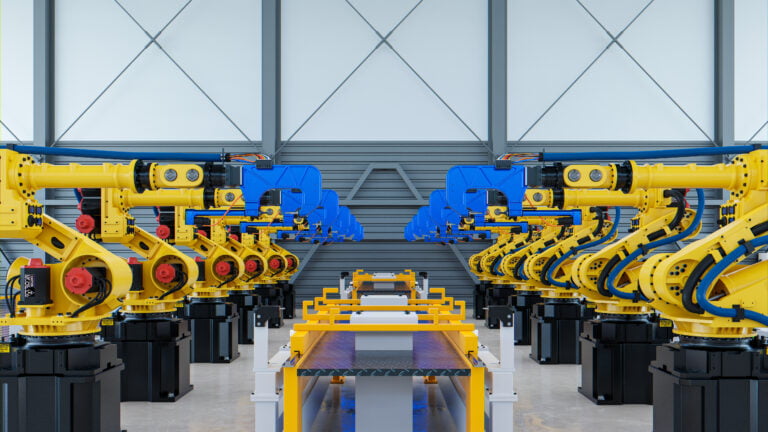
Can the synthetic workforce help manufacturers navigate a wave of retirements?
America is entering a workforce crisis. Industrial operators are at risk of losing the institutional knowledge of retiring workers. At the same time, they’re struggling with attracting and retaining new generations of digital natives. Approximately 48% of Gen Z employees in manufacturing intend to leave their jobs within the next three to six months. Industrial AI can help with both ends of this generational divide, ingesting decades worth of historical data, trends and learnings while also empowering new workers with the benefits of sophisticated prediction, diagnosis, prescription and automation. This upskilling is critical.
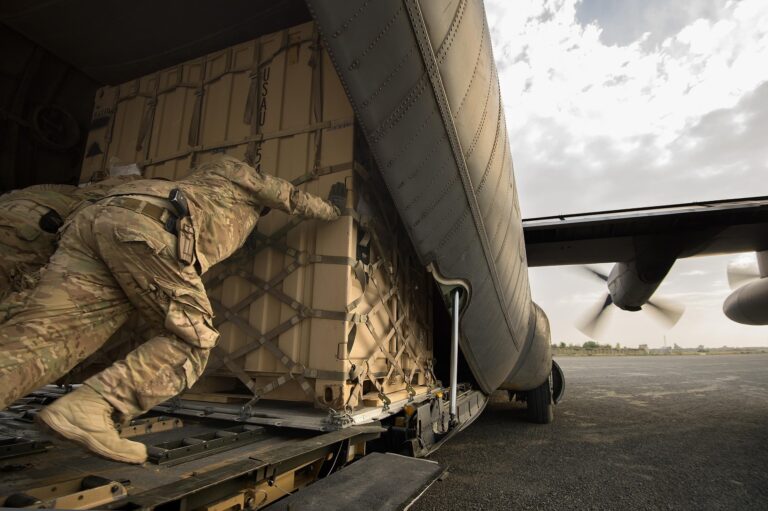
Avoid defense dollar waste with industrial AI supply chain management
Without resilient supply chain management, the military risks wasting the hundreds of billions it spends each year on defense assets. AI-powered supply chain solutions address the challenge of resilience head on, ensuring that our forces maximize their success on the battlefield and taxpayers get the greatest return from their defense investment. “AI-based logistics technology doesn’t just flag supply chain issues—it resolves them,” said Avathon Government President and General Manager Art Sellers. “That gives service branches full visibility and control over their supply networks, resulting in higher operational availability, faster turnaround and a more resilient force.”
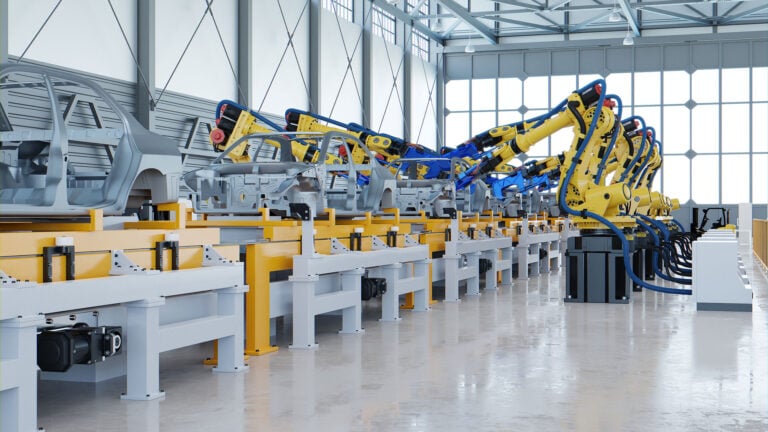
Meet the synthetic workforce: Highlights from TiECon 2025
At TiECon Silicon Valley 2025, Microsoft CEO Satya Nadella reminded us that AI is not an isolated breakthrough — it’s the result of decades of innovation across personal computing, the Internet, mobile and cloud. Each wave of progress has compounded, giving rise to the explosive momentum we see in AI today. But perhaps his most lasting point wasn’t technical. “You can’t innovate without empathy,” Satya said during the grand keynote. True innovation means understanding the world through someone else’s eyes — knowing what they need and building accordingly. That message set the tone for my fireside chat later in the day with Claudia Chandra, Chief Product Officer at Honeywell Connected Enterprise.
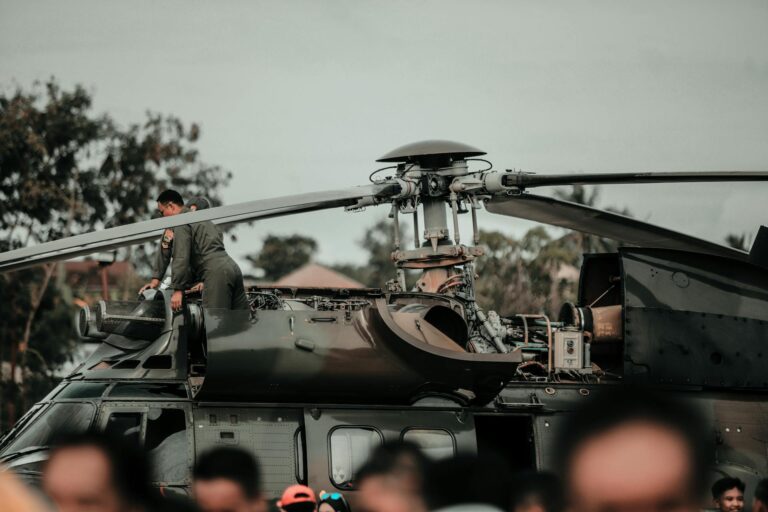
Here’s why you’re not getting enough value from your unstructured data
Imagine your technician having a “conversation” with your equipment data to troubleshoot failures and system problems. Or automatically analyzing accident reports and camera footage to make your employees safer. These applications are available today for companies that use AI to interrogate their unstructured data—the event logs, images, customer feedback social media posts and reports that technicians and managers create each day. Without powerful technology, it’s difficult or impossible to analyze at scale, making it effectively invisible to your teams.
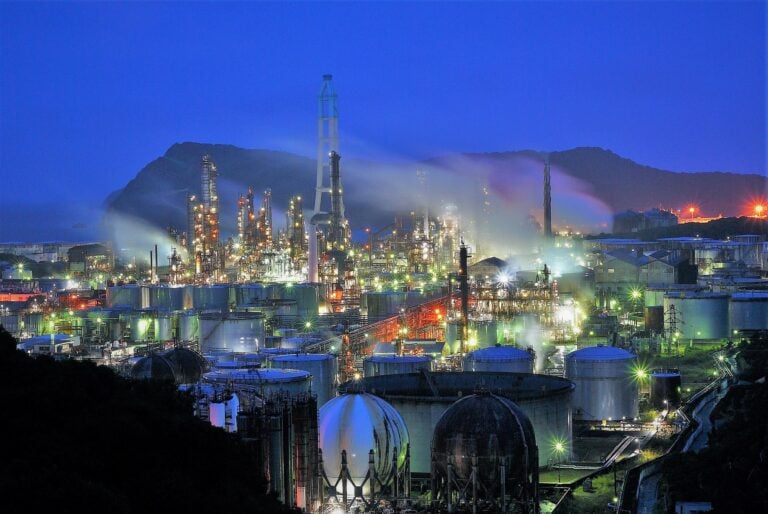
Three AI-powered skills you need to tackle the perfect storm of aging workers and assets
Up to $500,000. That’s how much oil and gas operators could lose from just one hour of equipment downtime. These losses can add up quickly too. Based on the most recent downtime figures, industry operators face up to 27 days of downtime per year due to faulty equipment, costing potentially $38 million in lost revenue. If lost money wasn’t problematic enough, a lack of qualified maintenance personnel is exacerbating the issue. Consider this: 50% of energy industry workers are over 45 and expected to retire in the next 5 to 10 years. That’s a lot of subject matter expertise out the door. Meanwhile, equipment continues to age—with four out of ten offshore facilities over 15 years old. It’s a perfect maintenance storm.

Four ways you could be using agentic AI to save lives, using equipment you already have
Did you know that there were 2.6 million workplace injuries in the United States in 2023? While the U.S. Bureau of Labor and Statistics points out that number fell significantly since 2022, any amount of workplace injuries can have an outsized impact on operations. Persistent, overlapping and rapidly changing factors routinely undermine the effectiveness of health and safety programs. With the number of safety hazards as vast as the number of industrial products and processes, how do you get ahead of HSE issues using equipment you already have?
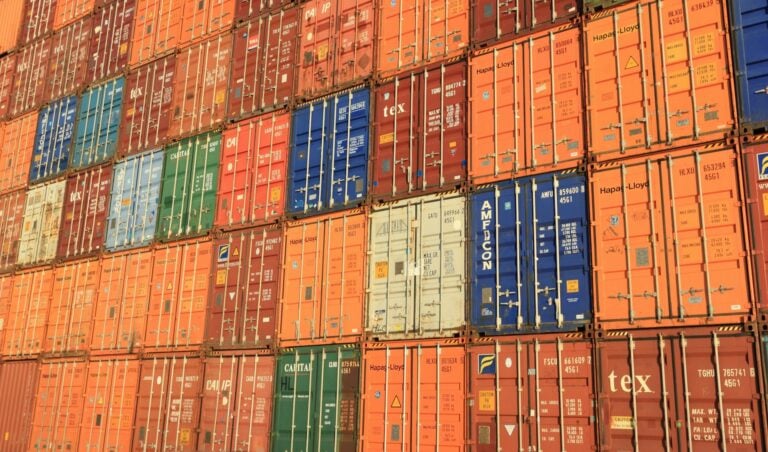
Embrace uncertainty to create supply chain resilience
Is unpredictability—the uncertainty that comes with ever-evolving supply chain disruptions—an unavoidable risk? Can technology help mitigate those issues? Ongoing supply chain disruption, including the ongoing uncertainty of global tariffs, will increase adoption of AI in the supply chain. AI and other transformative technology untangles supply chain knots by modeling uncertainty and managing risk through AI applications rooted in reinforcement and unsupervised learning, stochasticity (randomness) and knowledge graphs.
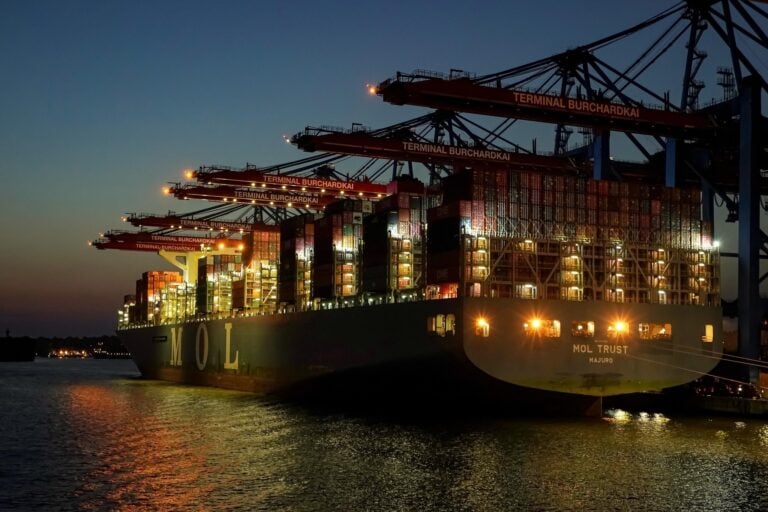
How healthy are your industrial assets?
The next wave of supply chain technology is here, but instead of focusing just on shipment visibility, AI in logistics becomes part of a cohesive infrastructure value chain. At Avathon, we’re enabling businesses and governments to move beyond static AI analysis to using an agentic platform that accelerates human-centric decision support and task automation. Seconds count when you need to avert a disaster, navigate hazardous conditions on a remote platform or return an F-16 to service. Optimizing your supply chain so that you have the right part at the right time in the hands of the right technician is a vital ingredient of that readiness.
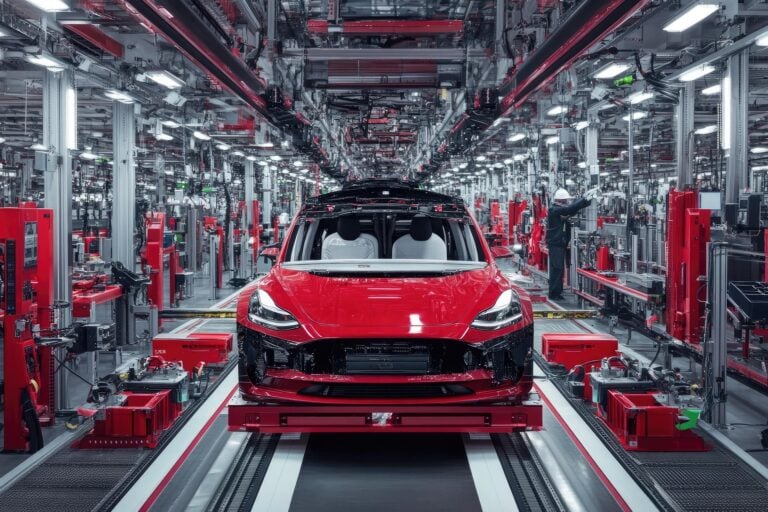
Data is key to implementing AI in the manufacturing industry
As 2025 unfolds, several trends are converging to reshape how manufacturers use artificial intelligence to harness the value of their operational data. The sheer volume of data produced by industrial assets can be mined, analyzed and used to create high quality, more reliable products. With all these assets generating information, it’s easy to become overwhelmed. So many users simply cherry pick the information they think they need – or they don’t listen at all. Data is the lifeblood that fuels AI performance, allowing models to learn, adapt and provide accurate recommendations. Put simply, the more diverse and comprehensive the data, the better AI applications perform.
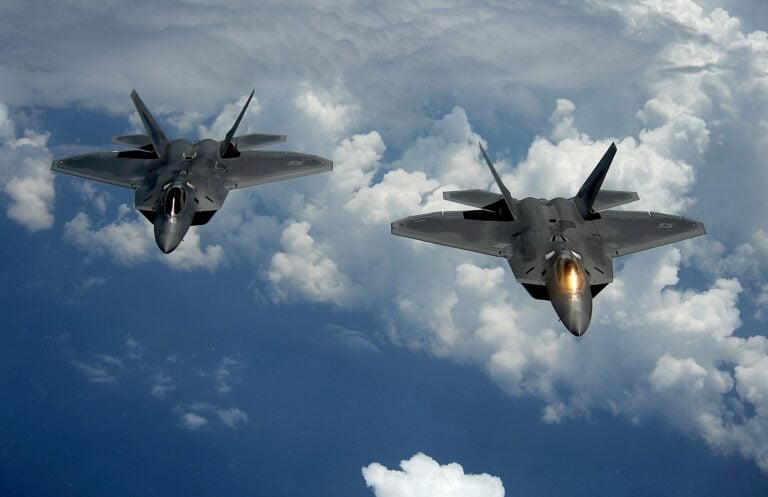
Can the military use AI to promote government efficiency while maintaining readiness?
The Pentagon spends more than $100 billion each year on direct labor and maintenance parts. That’s billion with a Capital B. And that doesn’t include associated logistics costs; those add millions of dollars to the total. The advent of better industrial AI tools begs a question: Can AI applications maintain mission readiness while reducing government spending? In an era of government efficiency, can employees use AI to increase the mission readiness of defense forces and the assets they depend upon? With the right technology, the military can boost mission readiness while also ensuring the resilience of logistics and supply chains in contested environments. With AI, how much of that $100 billion figure could be reduced?
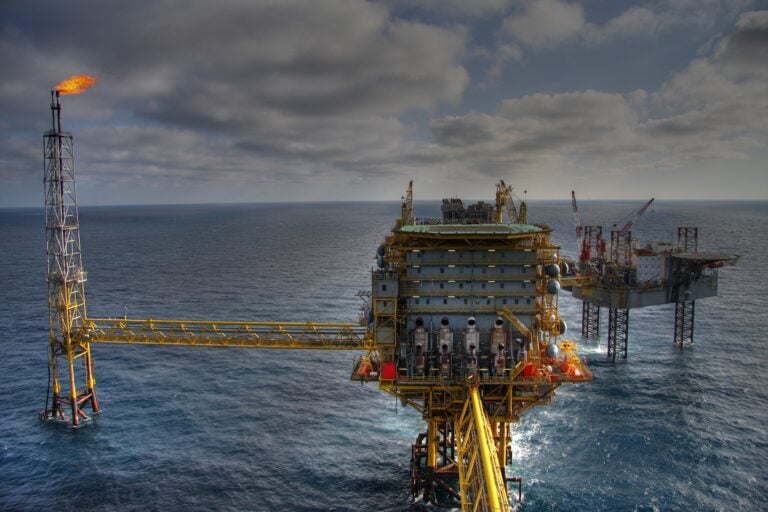
How is industrial AI transforming risk management?
Safety issues had become a major pain point for one oil and gas supermajor. The company was racking up nonadherence safety compliance reports and numerous workforce productivity issues across its myriad locations. Enter AI-enabled computer vision. By layering Industrial AI applications on top of CCTV cameras, the company reduced its safety incidences by 90%, saving more than 11,000 workforce hours. Use of AI-powered technologies like Visual AI enables managers to be constantly aware of safety compliance, whether on an oil rig or in a manufacturing facility.

Worker safety is a pressing issue in the oil and gas industry; AI is here to help
The oil and gas industry already uses AI to drive process improvement, asset performance management, safety optimization, and regulatory/environmental compliance. But the pace has grown dramatically in recent years with the advent of new technologies like visual and generative AI. Some of the most important AI-driven improvements have come in the health and safety field. This is true in both refining and across the full spectrum of exploration and production activities, both offshore and onshore. It is incumbent on operators to take every available step to minimize risks to workers.

